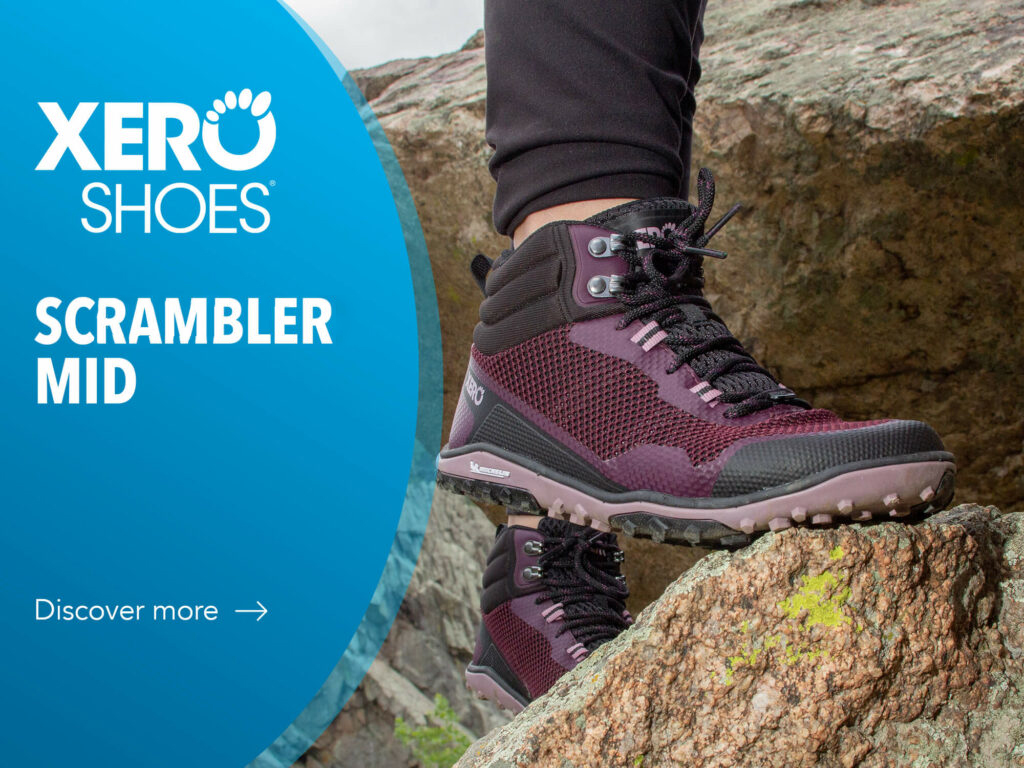In the equestrian world, the Parlanti name is synonymous with high quality, elegance and craftsmanship. Since 1987, with the production of the first sample riding boots, the rise of this international brand began.
Today, we spoke with Daniele Parlanti, General Manager and Designer Parlanti, and got to know more about the company.
From the production of high-fashion footwear, in 1987 they switched to the production of custom-made riding boots, which have fascinated all fans and professionals of the sport.
We asked Daniele Parlanti some questions:
Parlanti is now a leading manufacturer of equestrian footwear, we would like to know how this brand came about and, if there was, what was the aspiration behind the birth of the company?
It all began with my father, a figure always immersed in the universe of footwear and a manufacturer of high-fashion shoes, who consistently relied on materials of excellent quality. In the period between 1986 and 1987, he created prototypes of walking boots, which in some respects resembled those intended for horseback riding.
One day, customers stopped by his store and asked, “Why don’t you make riding boots too? They are similar anyway.”
It was from that moment that production began: first one pair, then a second and so on. So it was that we decided to specialize in the craft of riding boots.
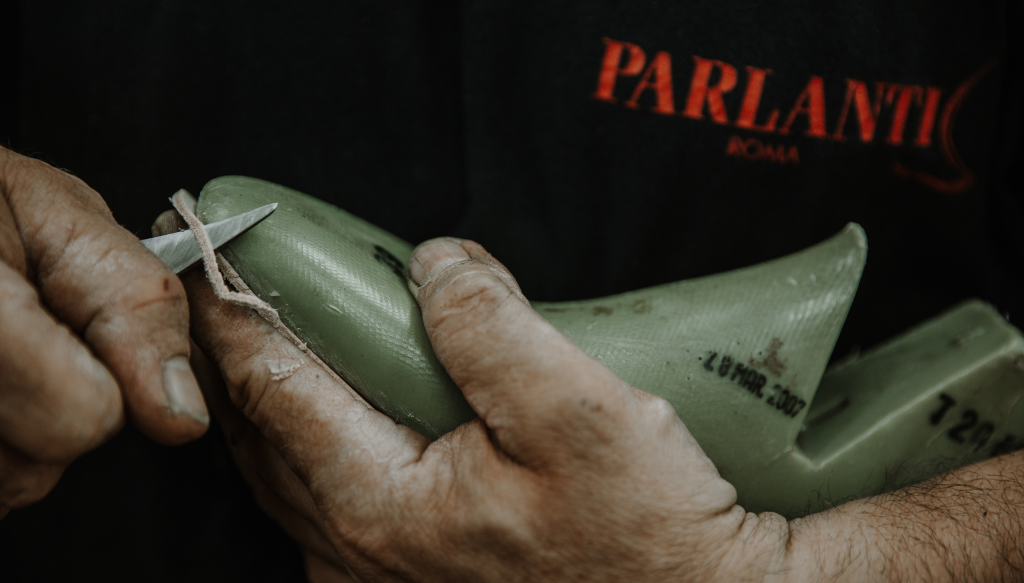
Also, knowing very well your commitment to handcrafted footwear production, what is the element of Parlanti that also allows your riders and amazons to stand out in their competitions?
Compared to what we are familiar with today, the boots of that time looked very different: they were basically leather tubes lacking laces and zippers, and they offered a reduced fit. Moreover, in contrast to today’s landscape, there were far fewer equestrian competitions. Therefore, such footwear was worn in the morning and removed in the evening, as putting them on and taking them off required considerable effort.
Through careful analysis of riders’ needs, we undertook a study of research and improvement. Thus it was that we began to introduce elastic laces, and in 1992 we even added zippers.
It was our own company that was the first to take this innovative step.
How has the boot evolved over time to what it is today?
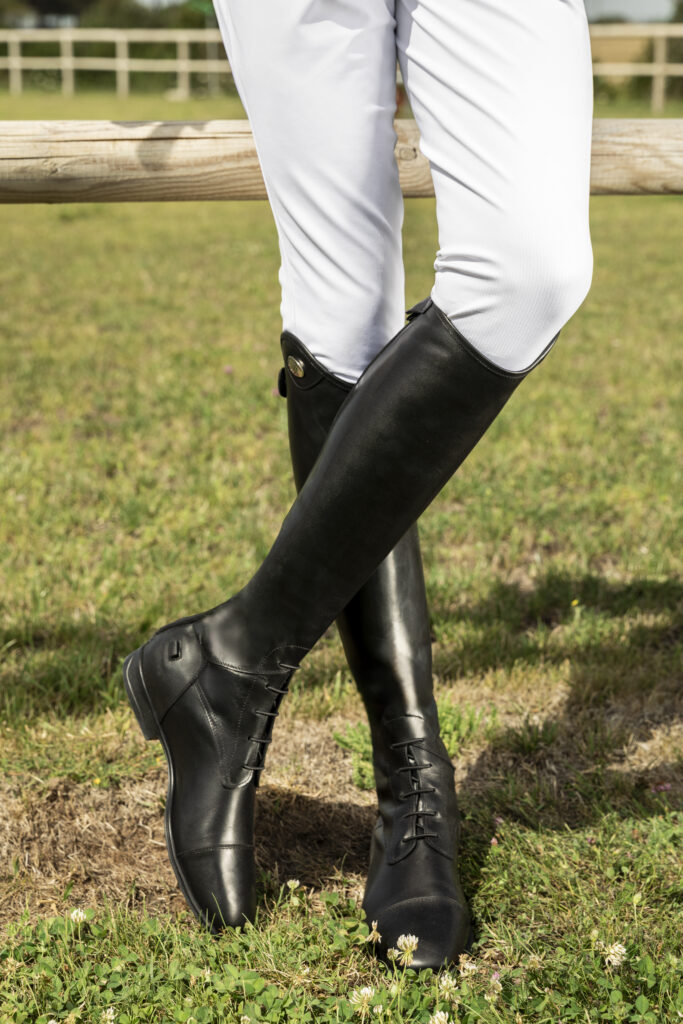
Just as with all sports, even horseback riding has evolved. Nowadays, boots feature a dual elastic band, are extremely snug and comfortable, and are vastly different from those of 1987.
They have evolved in tandem with the riders and their needs.These include crucial factors such as comfort, sensitivity and grip in the saddle; they must be comfortable enough to wear all day long, and when you take them off in the evening, the sensation you should experience is that of having had a pair of sneakers on your feet.
How were you able to understand and anticipate the required needs?
Daniela Cursi, head of the Parlanti press office, explains:
Daniele’s secret lies in his deep rootedness in an established tradition and know-how, as well as his extraordinary talent. He has always shown great attention to the market and the needs of end users, basing his insights on continuous research aimed at meeting the specific needs of professional cyclists.
To further this mission throughout his career, Daniele has been actively engaged by placing an exhibition booth of his products and dedicating entire weekends to interacting with riders, listening to them in an active and engaging way. This close connection has made it possible to develop and experiment with new materials, innovative soles, cutting-edge boots, and new concepts.
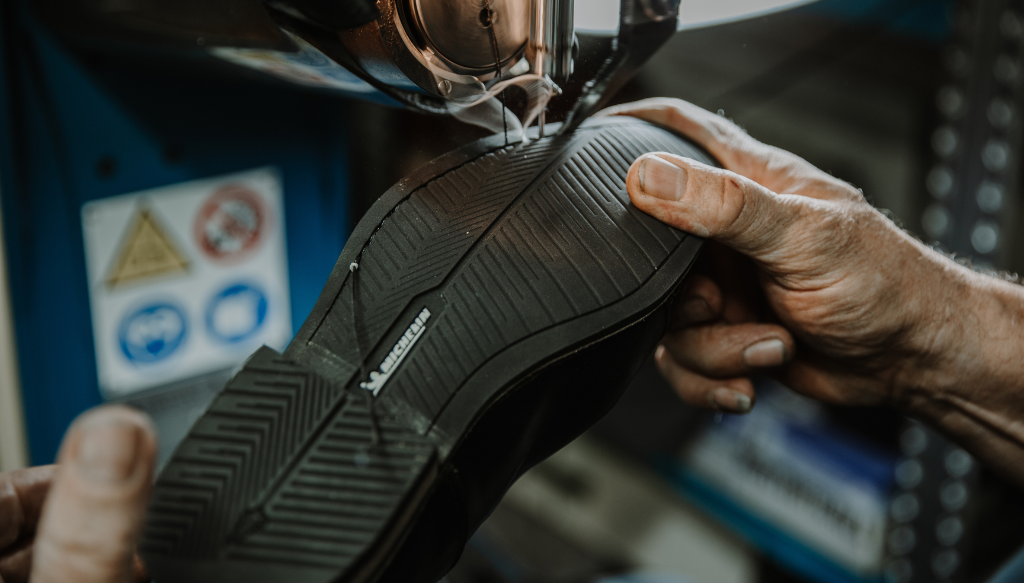
Spending so much time in contact with riders, you really get into a symbiosis with them, and you study to give them the most suitable product. And that’s exactly what I did, that’s what made the difference. To excel, you need a lot of passion and constant curiosity.
Daniele Parlanti
Did you start from handicrafts and then expand to producing standard boots, when you realized that the needs had changed and you started to produce more standard boots?
It was a desire that came from several stores, who were really asking us, “But why not make a standard boot?” I was a bit reticent at first, because Parlanti has always been synonymous with high quality, and the fear was that this way, with a standard boot, we might lower the perception of the quality of the brand.
In 2009, however, following the opening of a branch in the United States, one of our staff members made a request: to produce 200/300 pieces as a result of growing market demands. From then on, everything took an incredible turn, as we were able to create exceptionally perfect and functional boots in a short period of time, thus paving the way for collaboration with retail stores around the world.
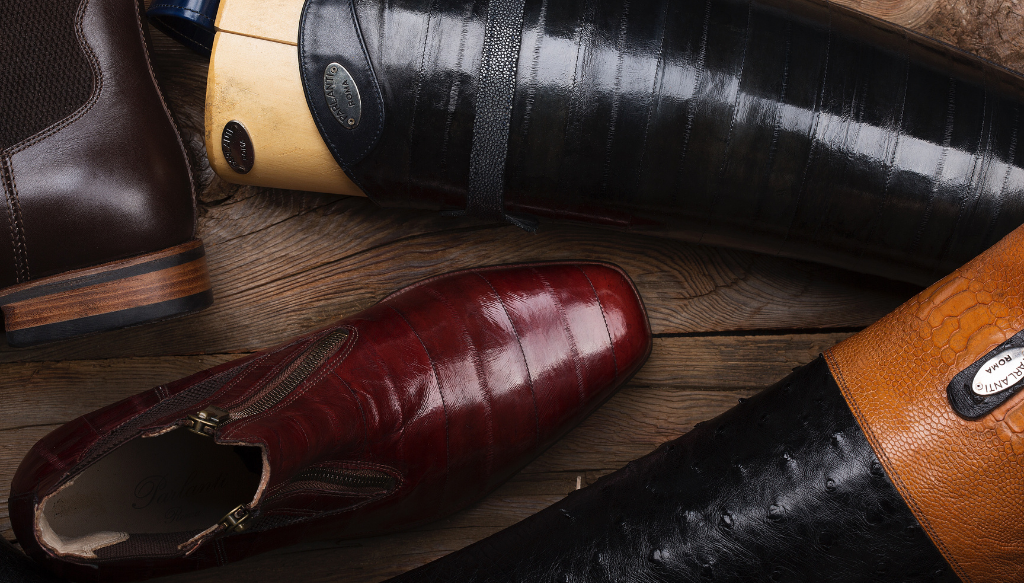
Constant advances in production technologies, which simplify the production process of standard footwear, have enabled the creation of a boot to suit everyone, which to date is the predominant choice. Currently, 95 % of our production consists of standard models, while only 5 % involves custom boots designed to meet special needs or requirements, such as the use of specific leathers.
So, what is the difference between a standard boot and a custom-made boot?
Undoubtedly, the lead time for making a custom-made boot is longer. Indeed, the process requires the measuring stage, followed by trials, field tests and possible modifications. On the other hand, the production of standard boots is faster.
However, if we focus on quality, both options present an exceptionally high standard.
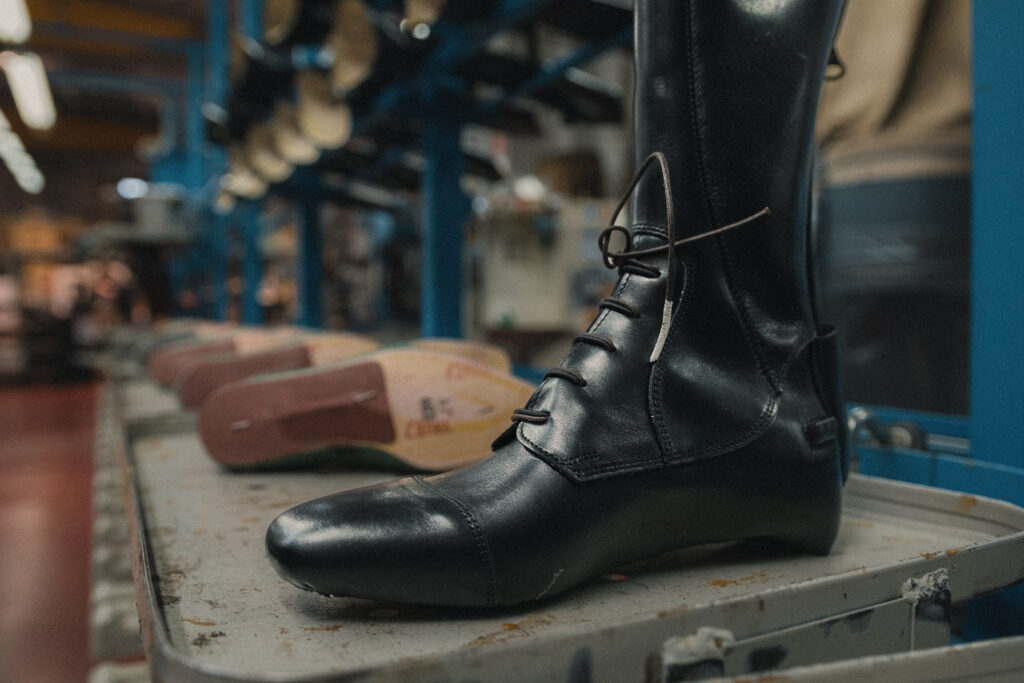
Going back to talking about your riders and amazons, what are the specific needs with respect to the different disciplines of riding and what are the particular characteristics?
The disciplines of horse riding are:
1. Eventing: It is a discipline that comprises three phases – dressage, cross country, and show jumping. It tests the versatility of the rider and the horse through dressage skills, cross country endurance, and precision in show jumping.
2. Dressage: is an Olympic discipline that requires the execution of precise movements through the three gaits: stride, trot and gallop.
3. Vaulting: In this discipline, artistic gymnastics and horse riding merge. The horse gallops on the rope and the vaulter (or vaulter) performs a choreography in perfect coordination with the horse’s back.
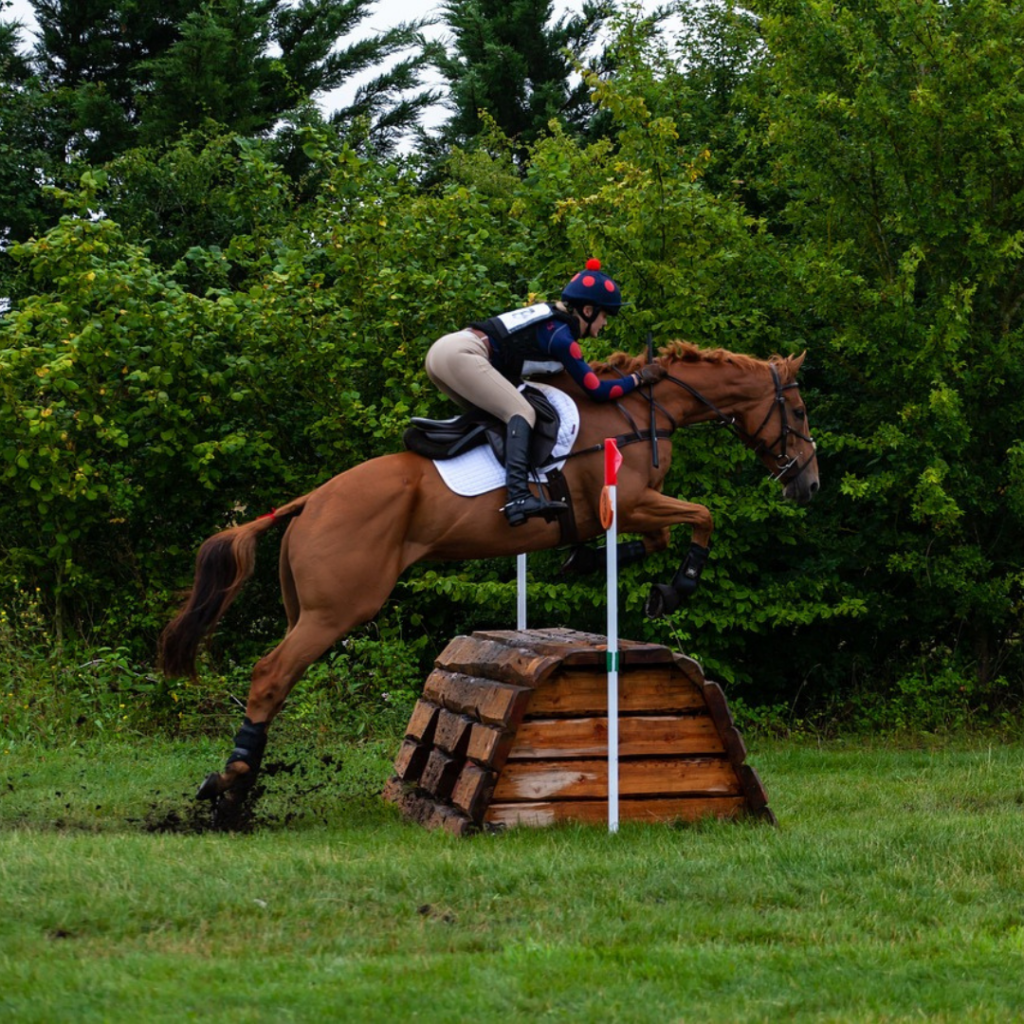
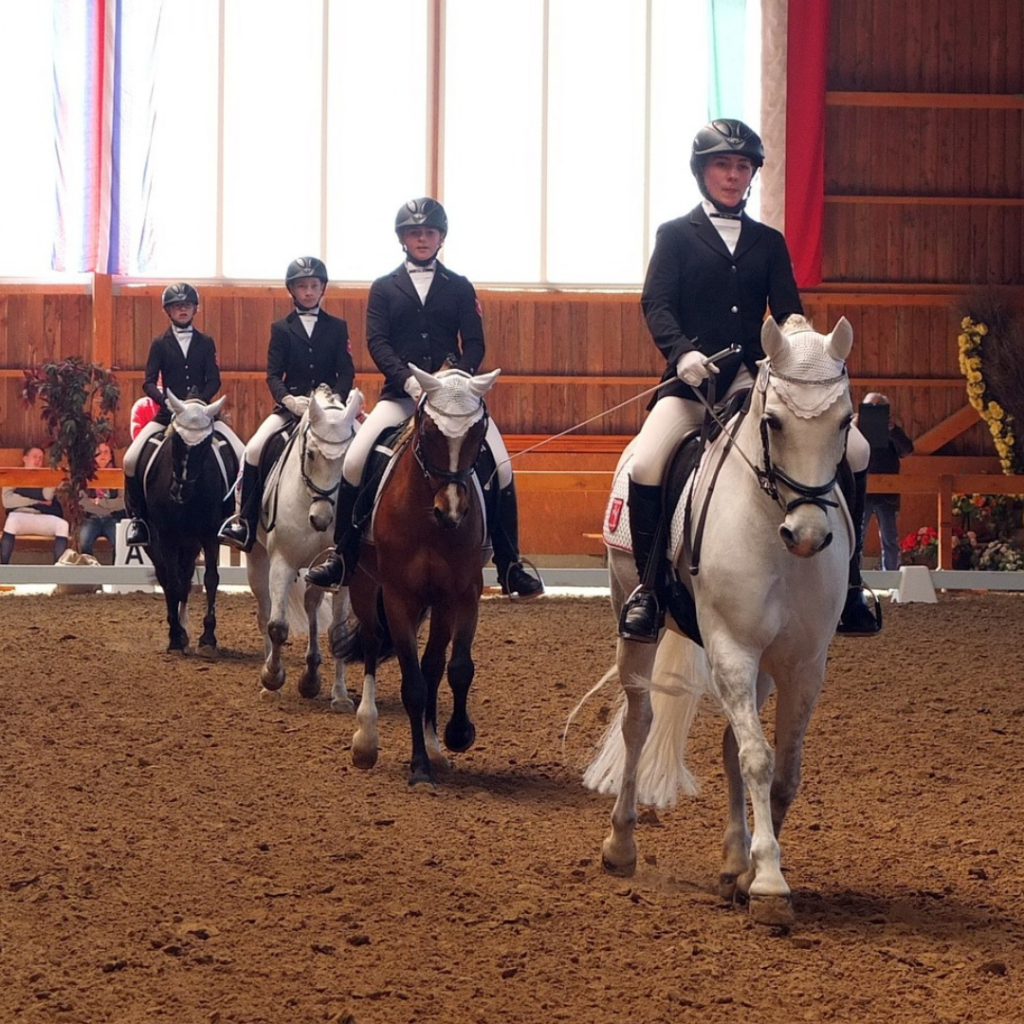
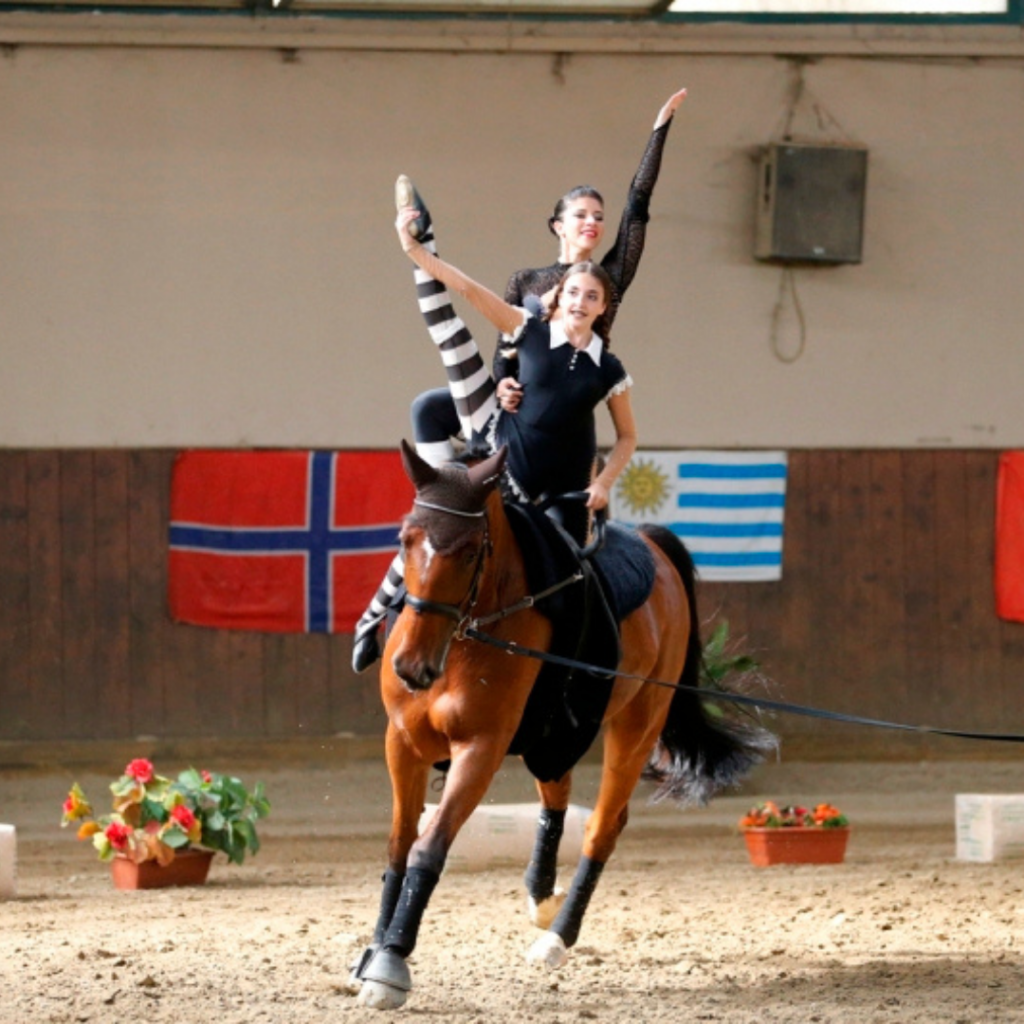
4. Show Jumping: It is an Olympic discipline, the queen of all equestrian disciplines. The challenge is to overcome a course of unfixed obstacles with agility, precision and speed.
5. Polo: It takes place between two teams of four runners. The objective is to push the ball towards the opponent’s goal by means of a bat.
6. Endurance: In this trial, the knights and horses must cover long distances across various countryside terrains, passing through strict veterinary checks at the end of each leg. The goal is to complete the race with the horse in the best possible physical condition. To protect the horse, if it doesn’t meet the appropriate parameters, the pair is eliminated.
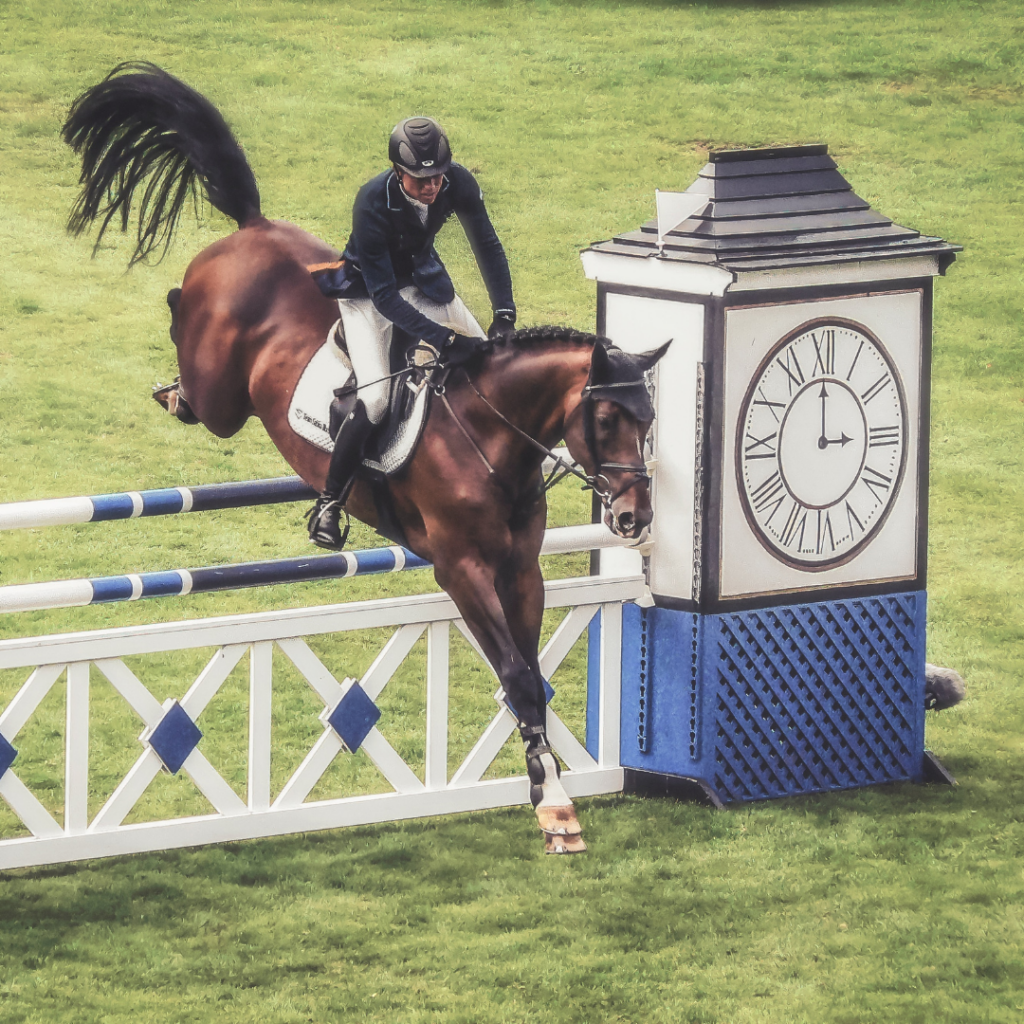
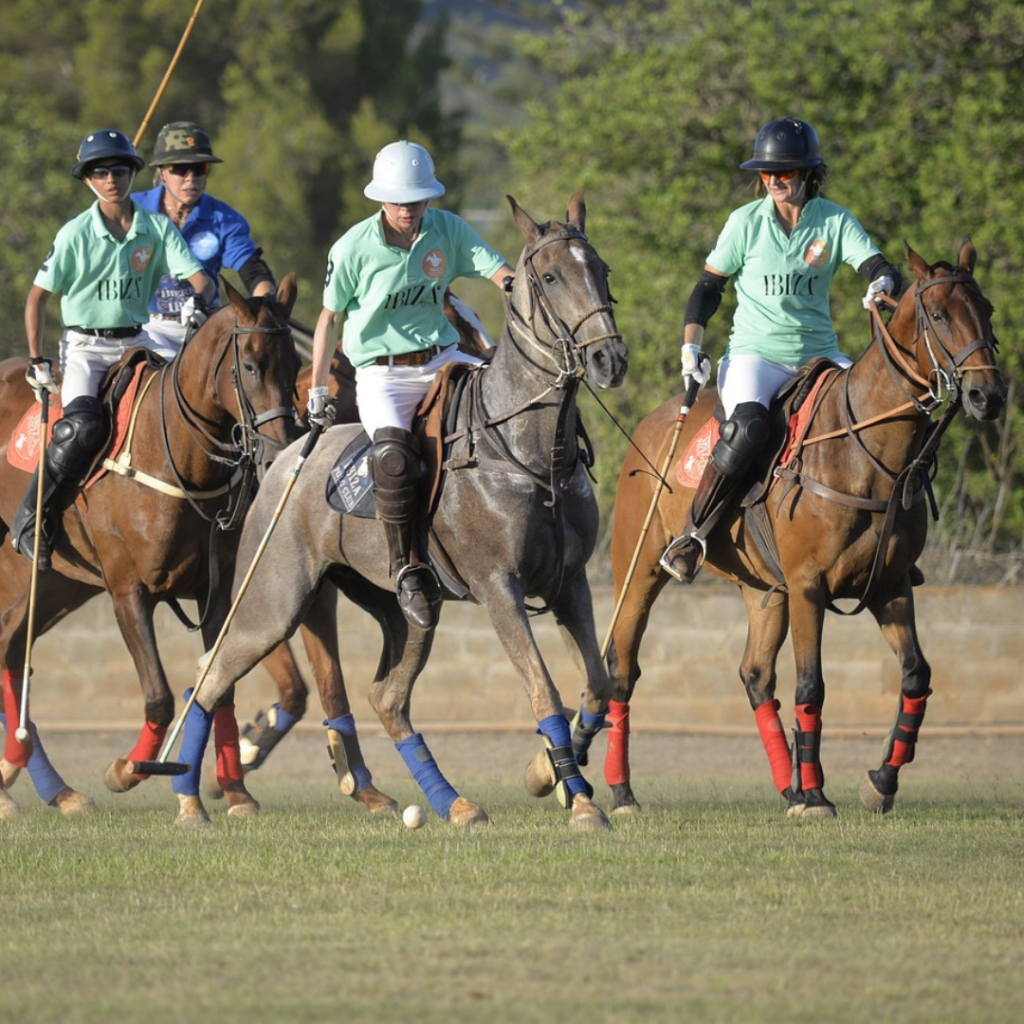
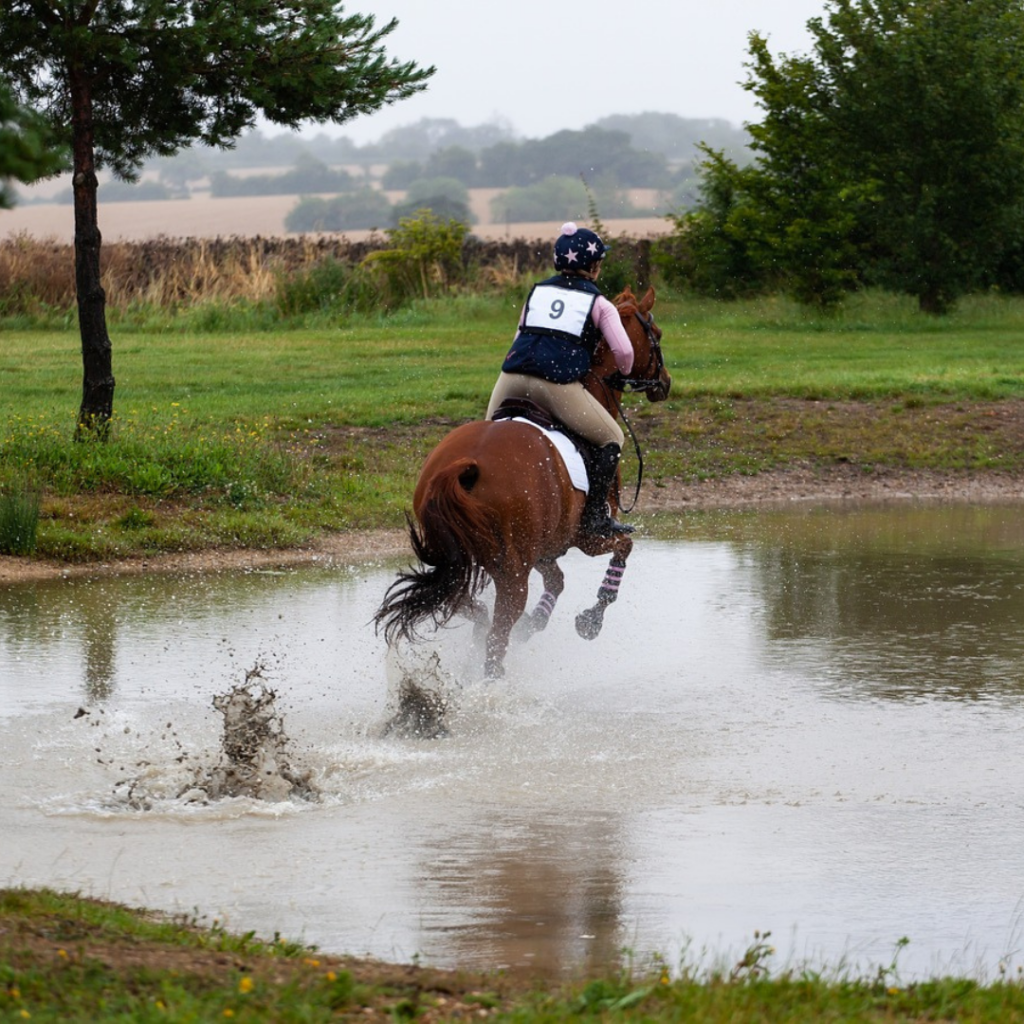
In detail, show jumping and cross riding require the same type of boots, namely soft, snug and extremely comfortable.
While dressage requires very stiff boots that do not wrinkle and are shiny, as the score is also awarded according to the rider’s elegance.
As with polo, heavy leather boots are used, lower than jumping boots to make room for the protective knee pad.
As for endurance, on the other hand, the type of footwear changes depending on where it is practiced; in Western countries, for example, ankle boots are preferred, while in the Middle East, sneakers are used more. In this discipline, the special feature is that the footwear gets wet, so non-leather solutions are preferred, but lightweight, breathable shoes so that the feet do not stay wet for long.
The world of horse riding is full of curiosities and peculiarities, if this article has particularly interested you, you just have to wait for the next installment on Parlanti and the world of horse riding!
You may also be interested in the following articles:

Can vegetable – tanned leather be considered green?
The Genuine Italian Vegetable-Tanned Leather Consortium has measured the average bio-based carbon content in its leathers. Good news: it is 95%.
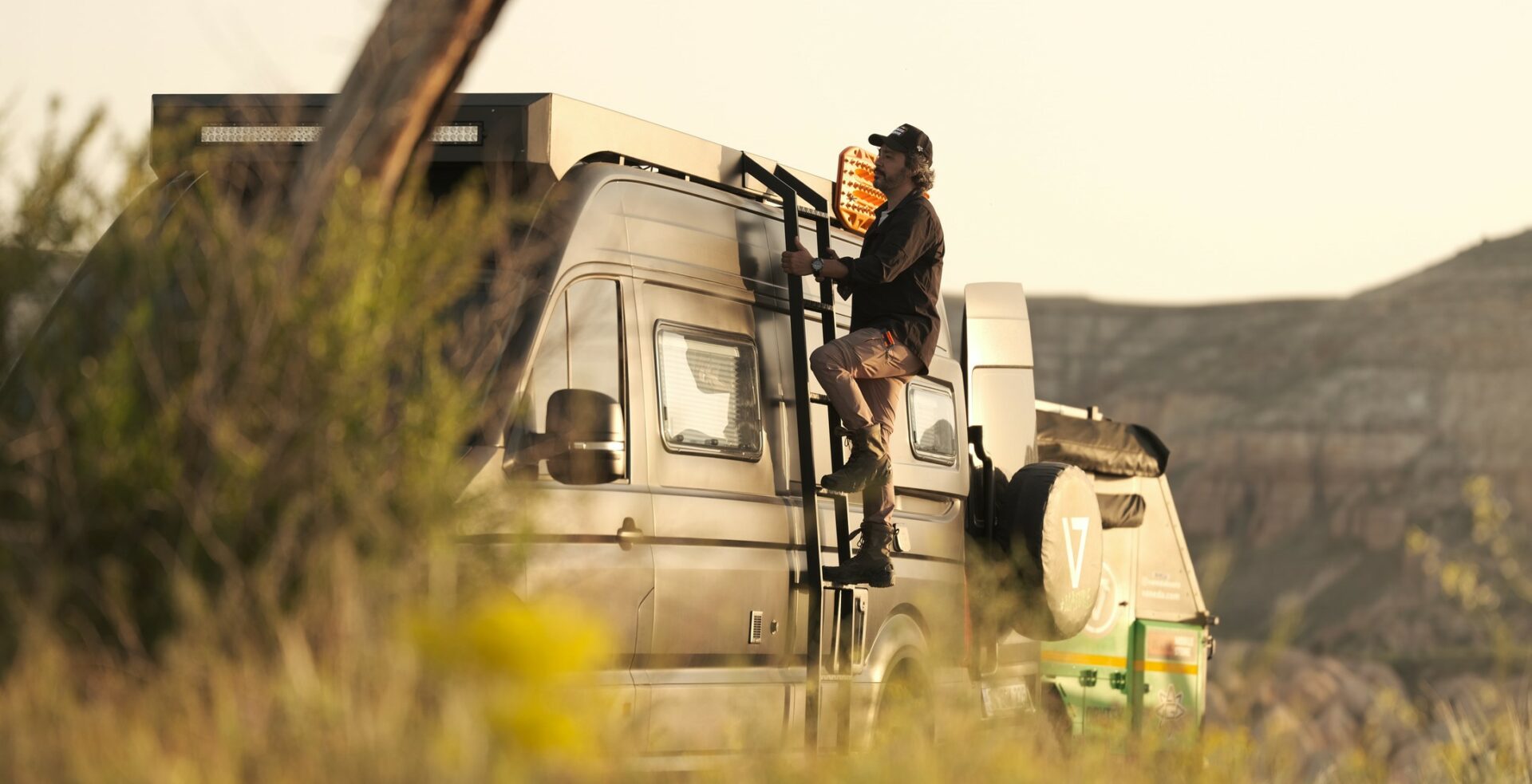
Vaneda: an encounter with nature should not be a luxury, the promise since 2004
Vaneda, the Turkish brand born for outdoor activities, and more.

The revolution of BOA Fit System, from a specific demand to a versatile solution
The BOA Fit System and the importance of the sole for maximum performance and comfort








































